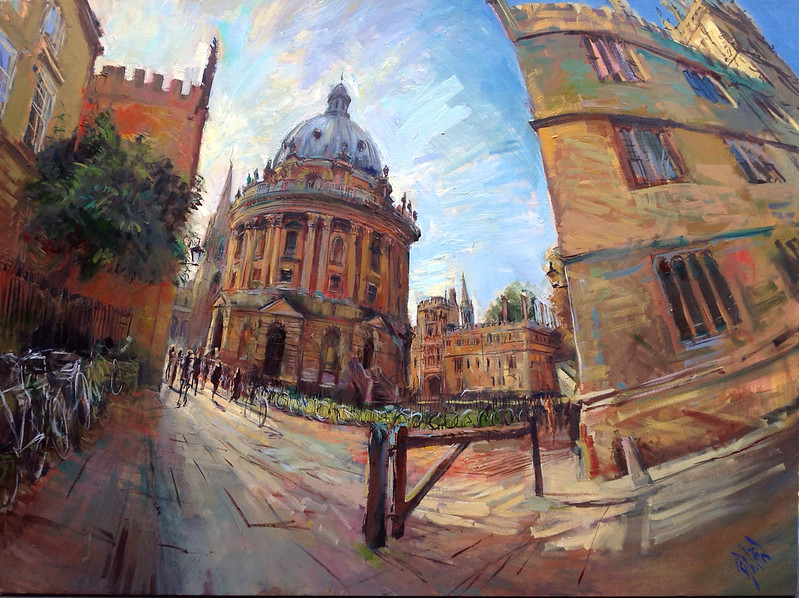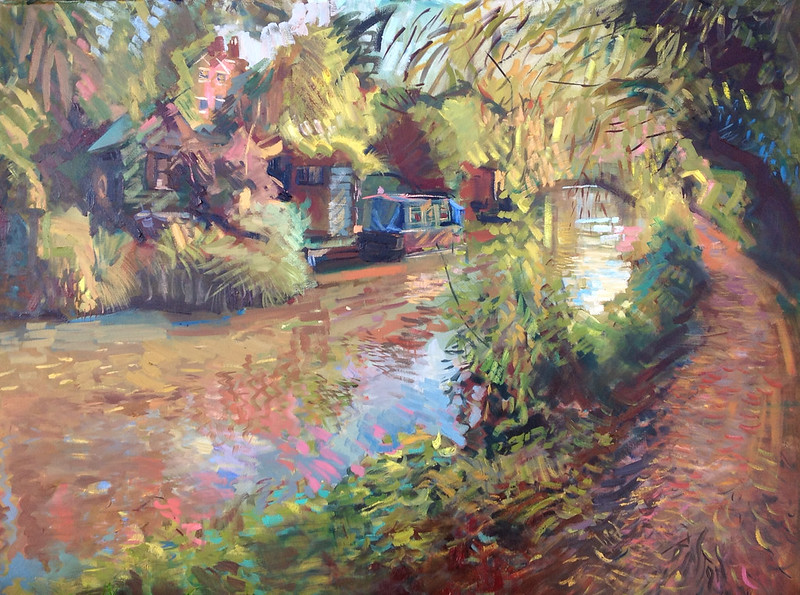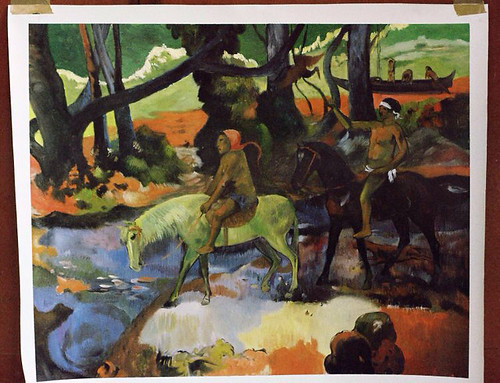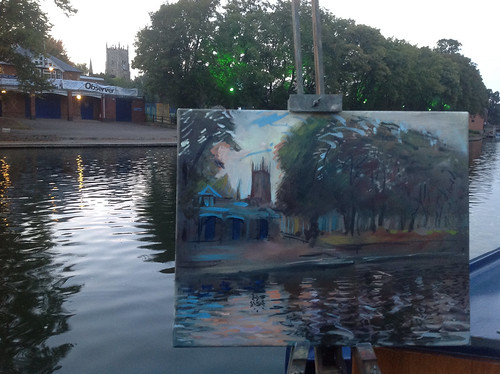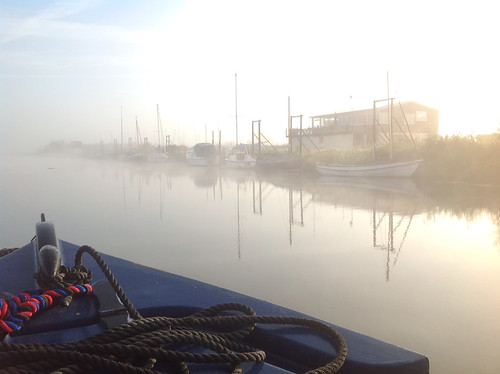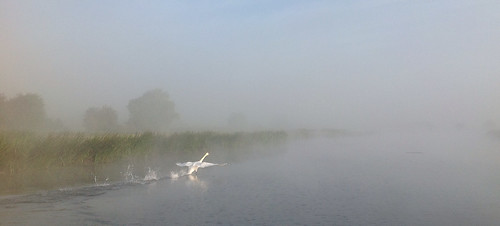 |
| The end of our canals - Red warning on the Thames |
- underestimating the distances and times on the whole route so far,
- getting carried away with unexpectedly good subject matter in places we weren't expecting to stop
- being delayed working on other jobs that have helped support the year
- the height and strong current conditions on the Thames (genuinely dangerous for a tall narrowboat)
- lock maintenance happening on our route home in early November (meaning we have to get a move on)
It is a shame, but we could have not given more to this project, and have no regrets with how it has gone and with what we have seen.
Also it is far from over, we are turning around and heading back up north for the winter but have until March to complete our 'Year of the Boat', we have decided to risk this winter outside of a marina and I am looking forward to getting some winter scenes and more internal boat scenarios into paint.
Also it is far from over, we are turning around and heading back up north for the winter but have until March to complete our 'Year of the Boat', we have decided to risk this winter outside of a marina and I am looking forward to getting some winter scenes and more internal boat scenarios into paint.
To make up for the boat not physically going there I shall be visiting a few times independently instead to try and explore visually some of the capital's canals and rivers.
I have been down already this year producing the Diamond Jubilee Pageant on the Thames. Whilst down for that painting I had a walk around the canals around Camden, locating where Banksy had his graffiti war with 'Robbo', you can read more about that here - http://www.banksy.co.uk/QA/camden/camden4.html#. There was bits that attracted but not so much on the actual canal, more the markets and bits and pieces just off the canal.
I returned again this autumn to visit friends, armed with a blank canvas to Camden Lock and produced Oil Painting 55 - Camden Town.
Camden Town is another world - the throng of weird and wonderful hedonistic people making their way over the canal bridge was an exciting subject to be amongst, I was stood on one side of the canal/road bridge, and there was a supremely talented one woman band on the other side, singing and playing all afternoon, the music easing the atmosphere of the crowd. I was looking down towards the tube station at all the strange fairground-esque sculptures coming off the buildings. Giant tacky shoes, swirls, dragons and monsters taking over the georgian buildings.
The fashion of the general passerby is bizarre, neon hair styles tattoos and piercings, quite an intimidating place to be, and one linked to some of other worldly experiences I had whilst studying in London, intimidating but certainly exciting, an excitement I have tried to translate into the brushwork. I have used the spiral motif in the tree and shop on the left to try and communicate the more hedonistic culture of the place. The strong afternoon sun means this piece has become an unexpected study of sunlight and shade. I might yet return to work into this piece more, although that could mean losing some of the bounce to the brushwork and the drama if the sunlight isn't as strong. It is an unusual painting that challenges me so it is probably best to leave it.








